Adriatic Sea and Trabocchi Coast.
2025
You may also like

2025
Marche. Spectacular summer landscape

2024
Spectacular winter landscape of the Marche hills
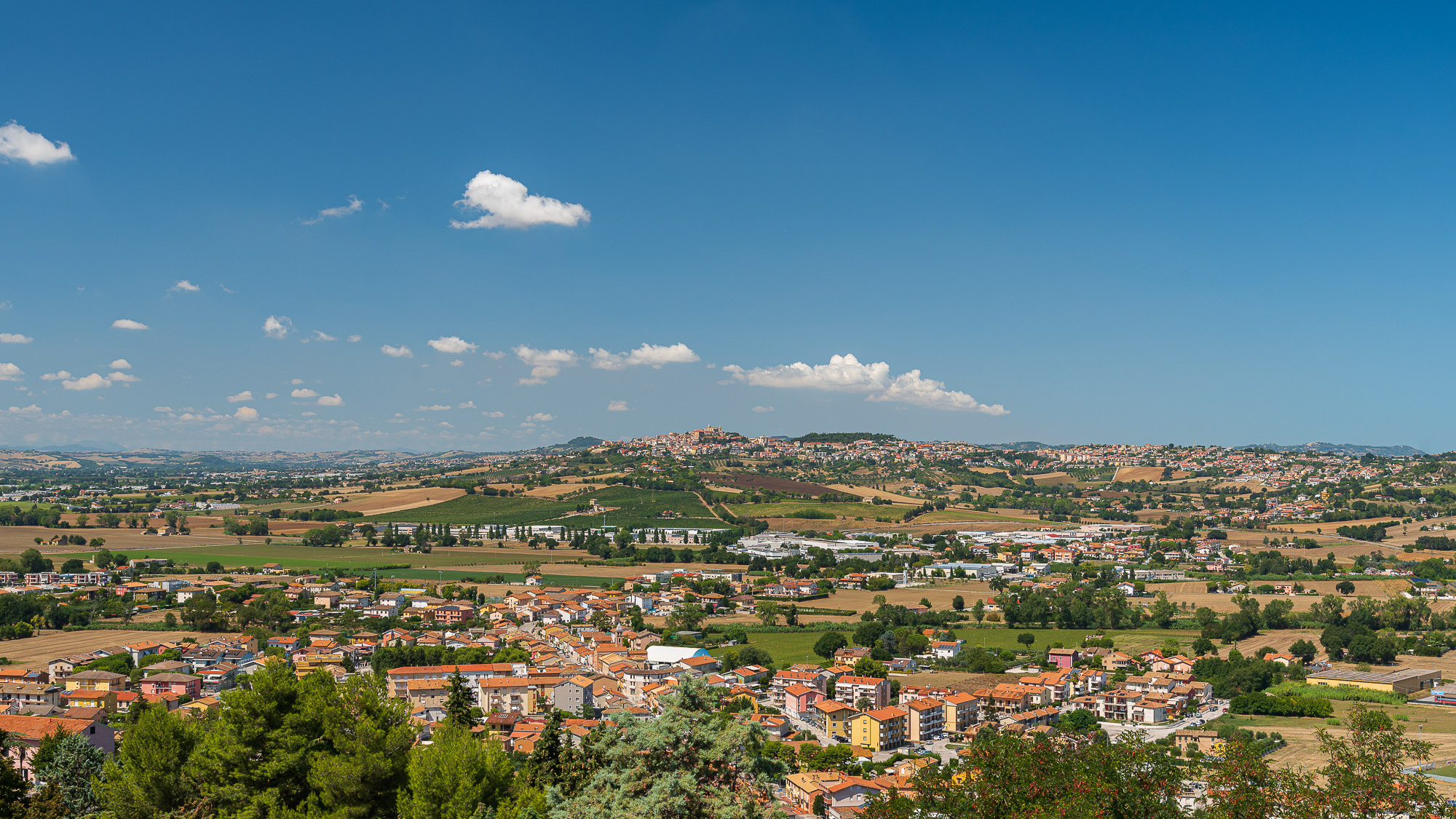
2022
Recanati. Landscapes and views
Recanati is an Italian town of 20 975 inhabitants in the province of Macerata in the Marche region.
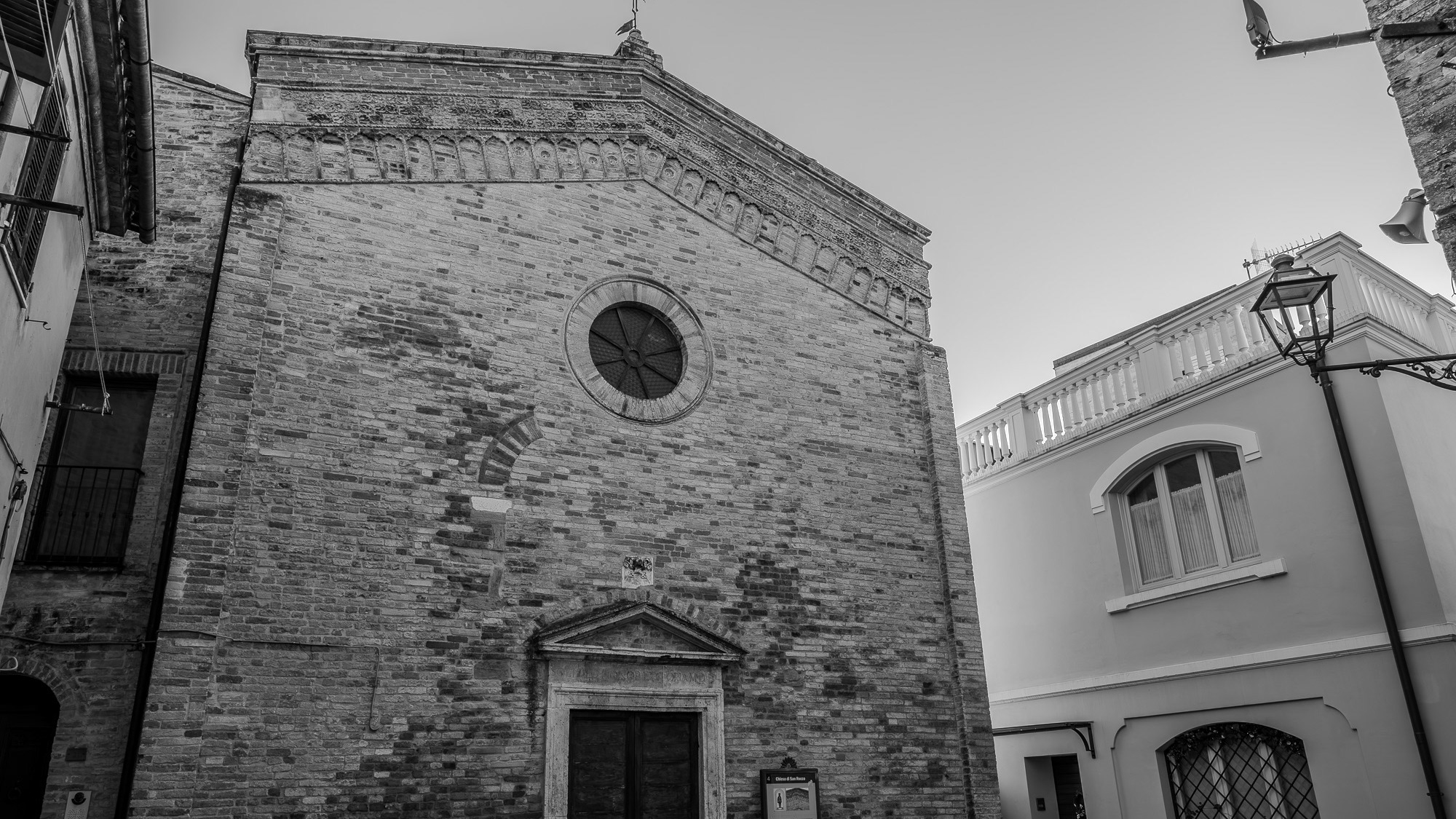
2024
Acquaviva Picena. Church of San Rocco
Church of San Rocco (13th century), Romanesque. It is the oldest church in Acquaviva and today the interior appears nineteenth-century.
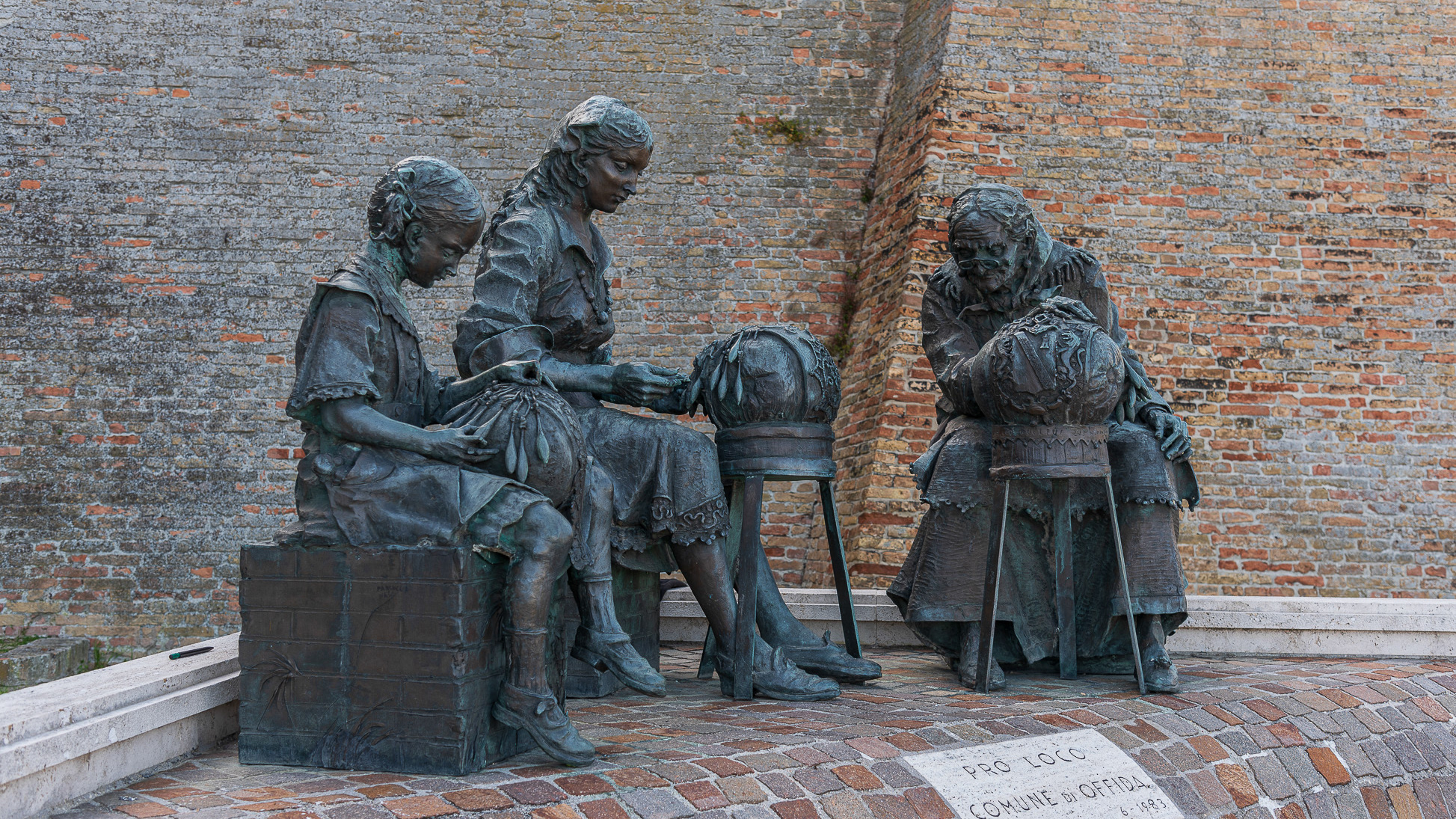
2022
Offida. Monumento alla Merlettaia
It is a bronze monument, created in 1983 by the sculptor Aldo Sergiacomi from Offida. It is placed at the entrance to the town to testify to the great importance that bobbin lace has in Offida. It is in fact a very ancient art that is handed down from generation to generation, allowing the creation of real handcrafted masterpieces. The monument highlights the continuity of tradition, representing three generations in comparison: from left to right the elderly grandmother who carefully follows the work of the young mother and the child, very busy learning the first processing techniques.
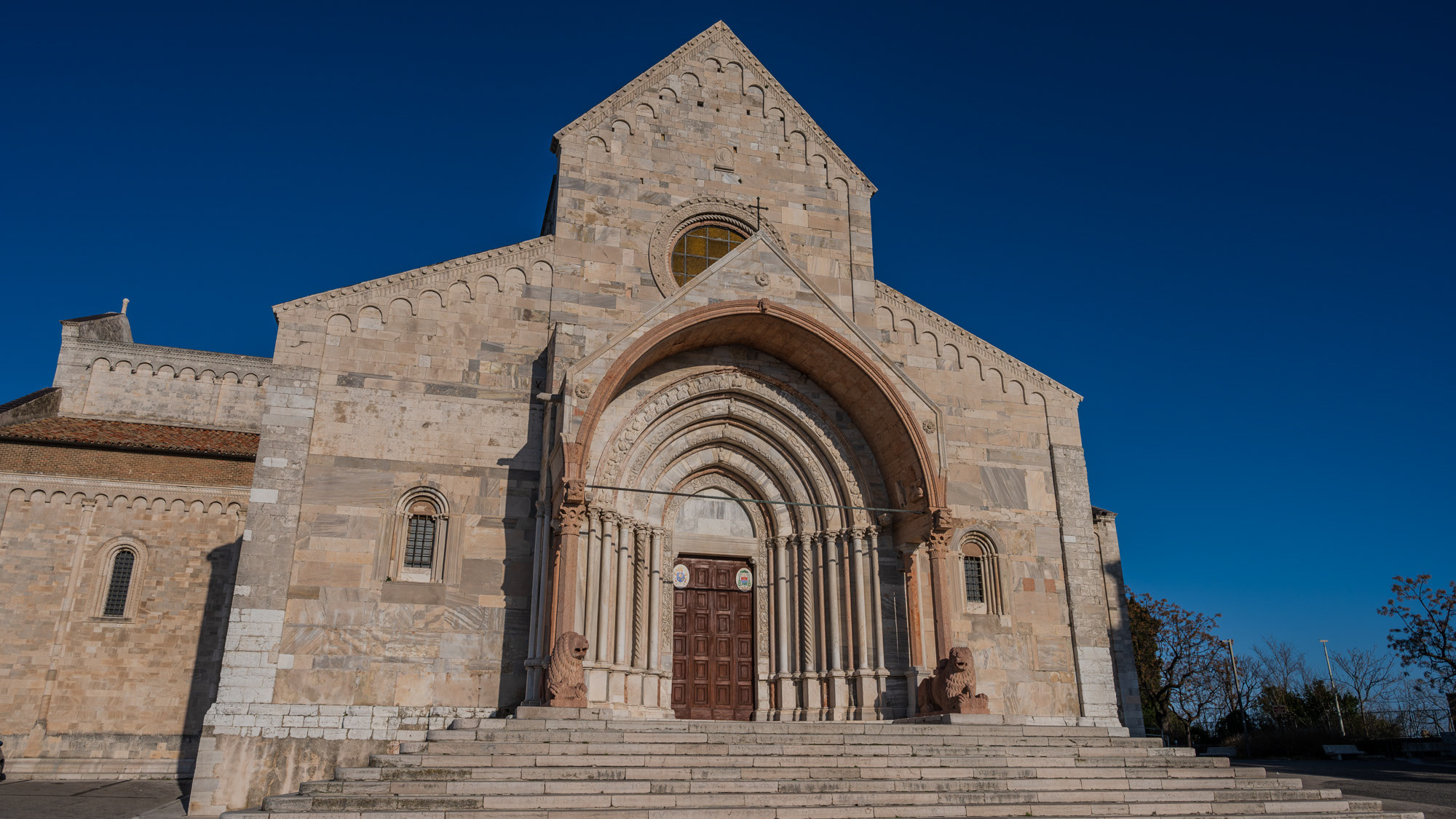
2024
Ancona. La Cattedrale di San Ciriaco
The cathedral of Ancona is dedicated to San Ciriaco. It is a medieval church in which the Romanesque style blends with the Byzantine one, evident in the plan and in many decorations
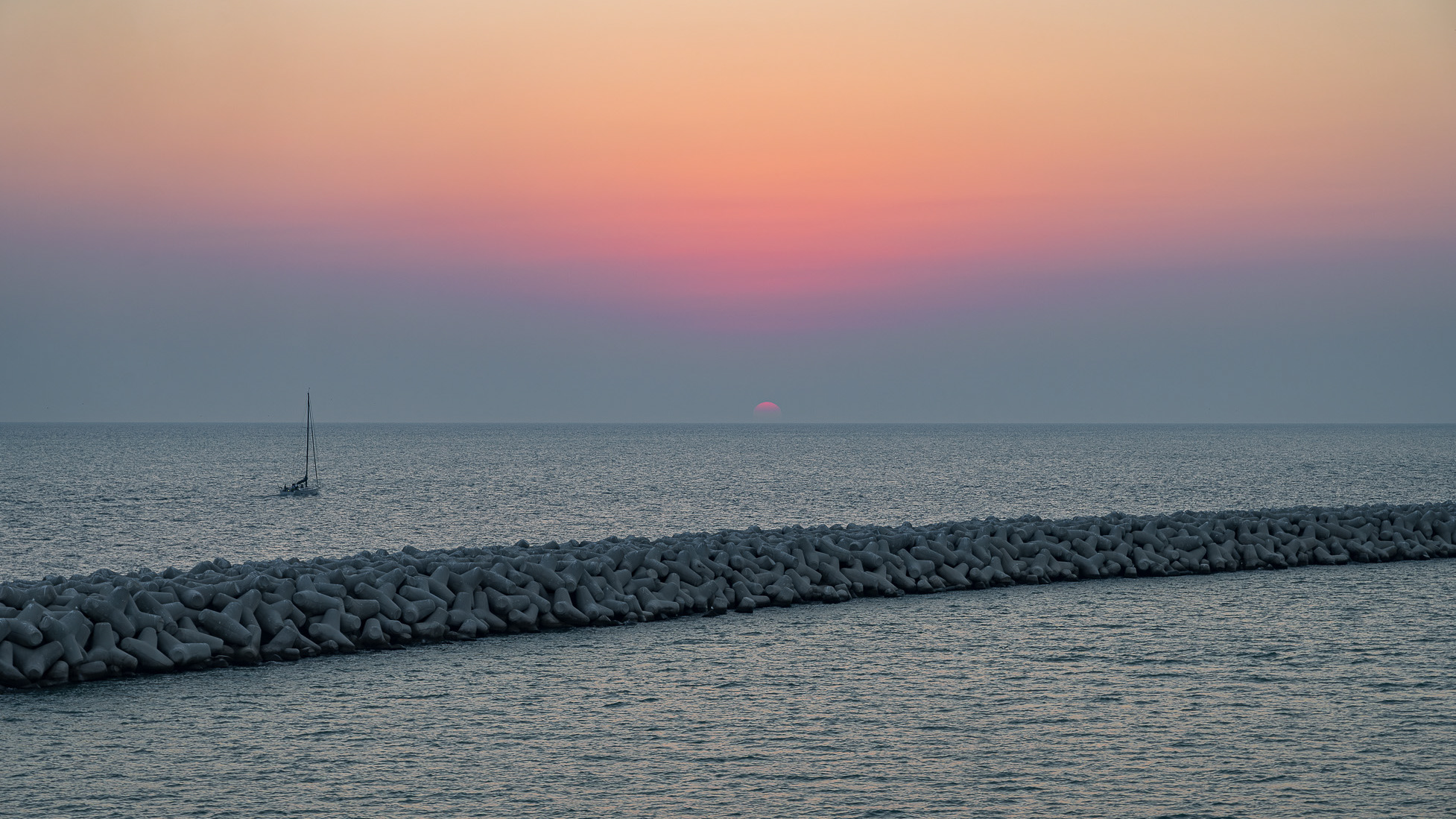
2023
Ancona. Glimpses of summer and sunrise
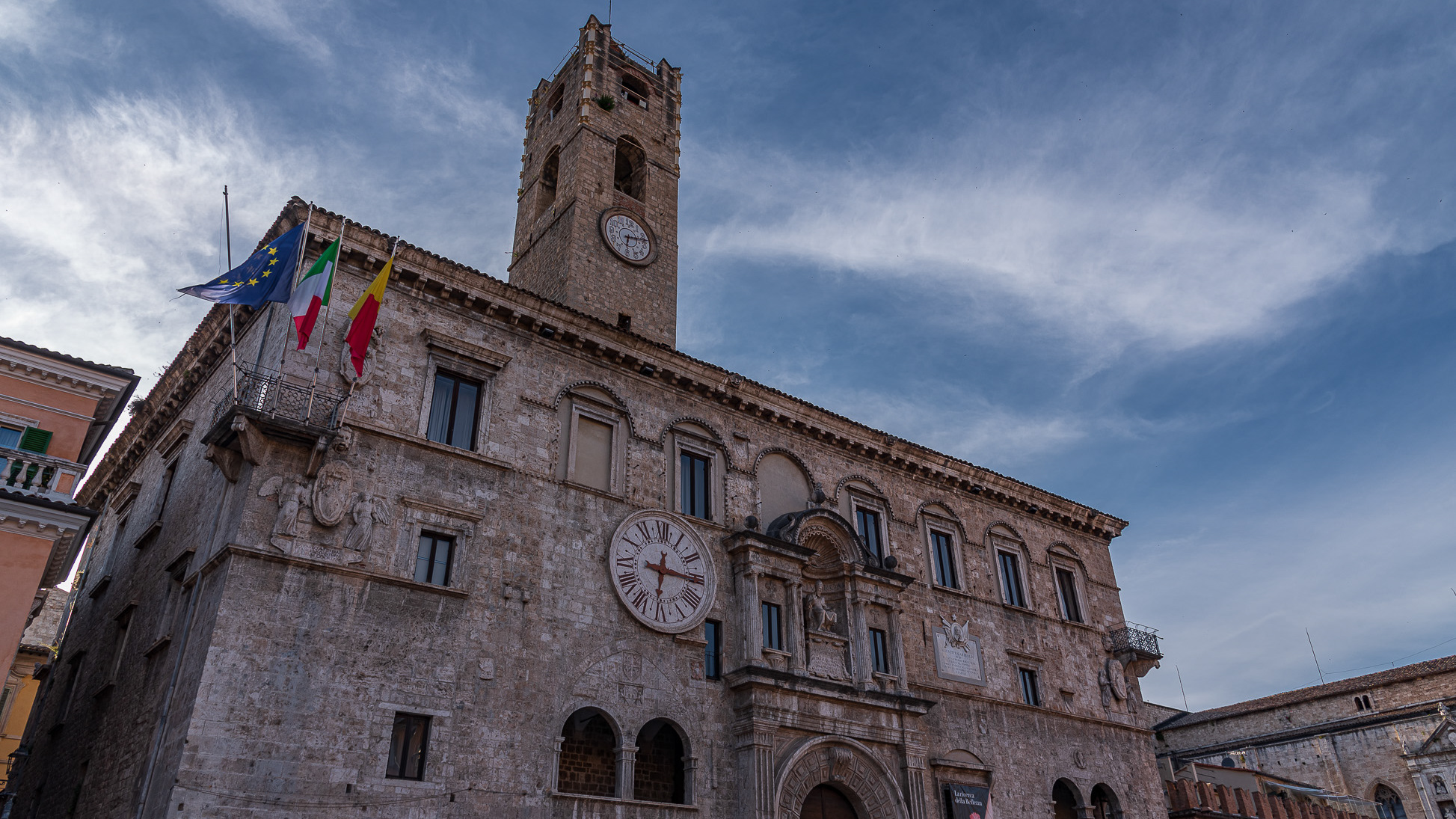
2022
Ascoli Piceno. The Palazzo dei Capitani del Popolo
Overlooking Piazza del Popolo, it stands out for its elegant medieval crenellated tower next to the historic Meletti café. Built between the 13th and 14th centuries from the union of three small buildings separated by two rue, one of which was equipped with a tower which was later reused, it was remodeled following the fire that almost entirely destroyed the interior in 1535. The central portal, preceded by a staircase and surmounted by the monument to Paul III, the courtyard with three orders of loggias and the staircase, the latter built by Camillo Merli around 1550, date back to that period.
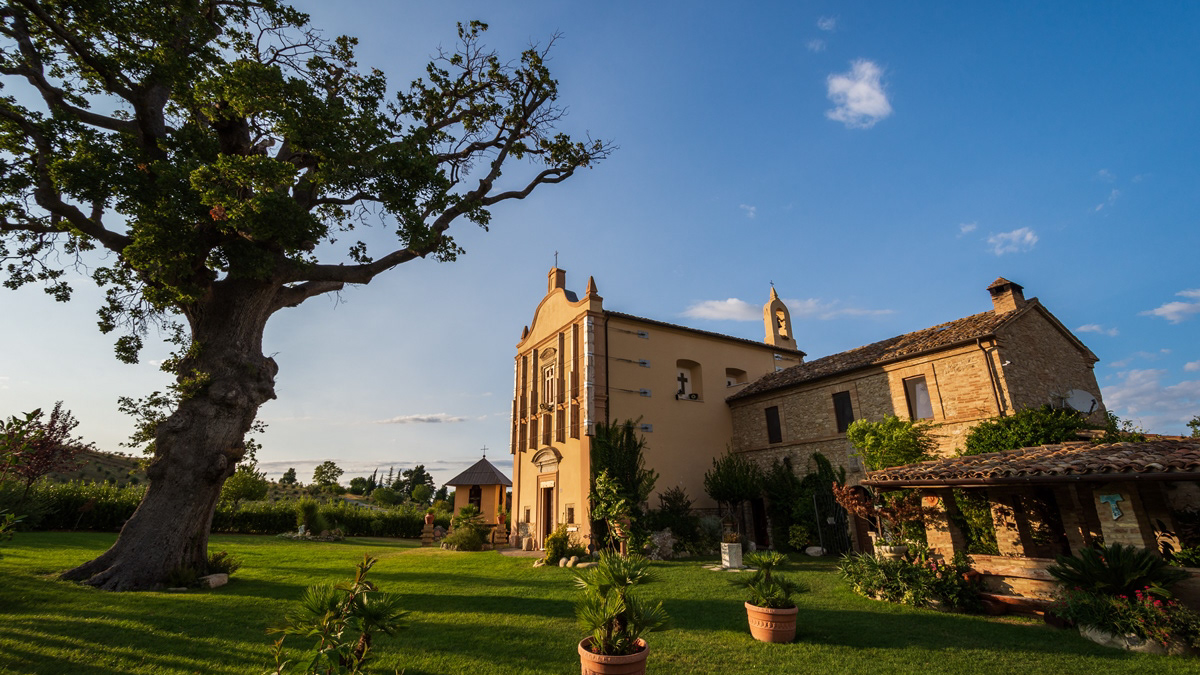
2018
Rotella - Sanctuary of the Madonna della Consolazione
In a small clearing, at the foot of Mount Ascension, there is the Sanctuary of the Madonna della Consolazione or of Montemisio. The Church was built by the monks of Farfa, built on the ruins of a pagan temple dedicated to the goddess Artemis or Artemisia. The cult passed first for the veneration of the Virgin of the Belt, then for the Madonna della Tempera (of the water needed for the fields). A legend tells that, while the drought threatened the crops, a propitiatory procession was held. The statue of the Madonna had just set off, when the sky darkened and the beneficial rain fell. In the 18th century, after the restoration, the church became a place of worship for the Madonna della Consolazione. Today the sanctuary is the destination of numerous pilgrimages. The traditional festival takes place on August 15th. The chapel has a single nave, a terracotta floor and a travertine altar. In the garden stands a centuries-old oak tree over 23 meters high, with a circumference greater than 5 meters.
2022
Recanati. Piazza Leopardi with the town hall
Recanati is an Italian town of 20 975 inhabitants in the province of Macerata in the Marche region.
